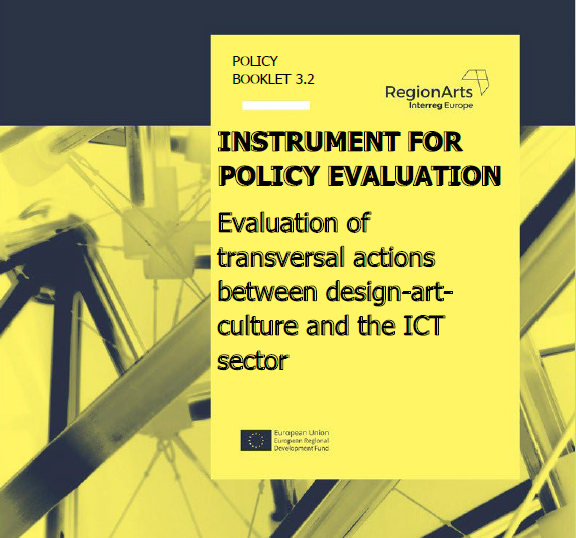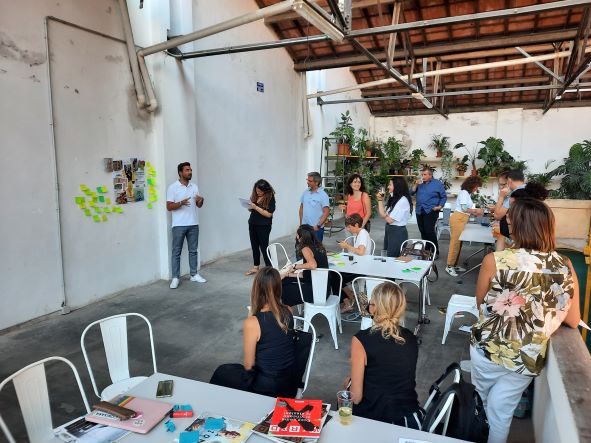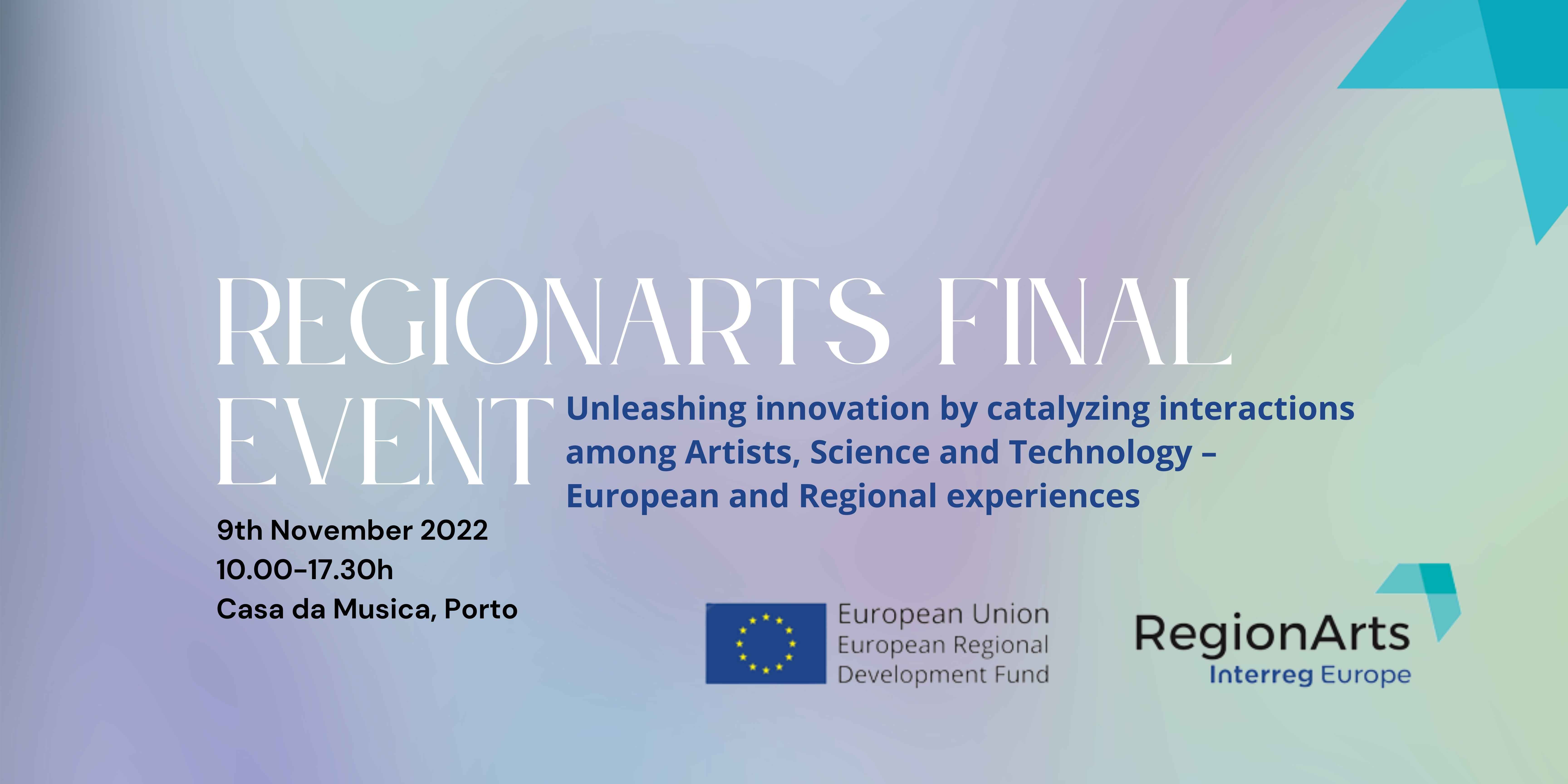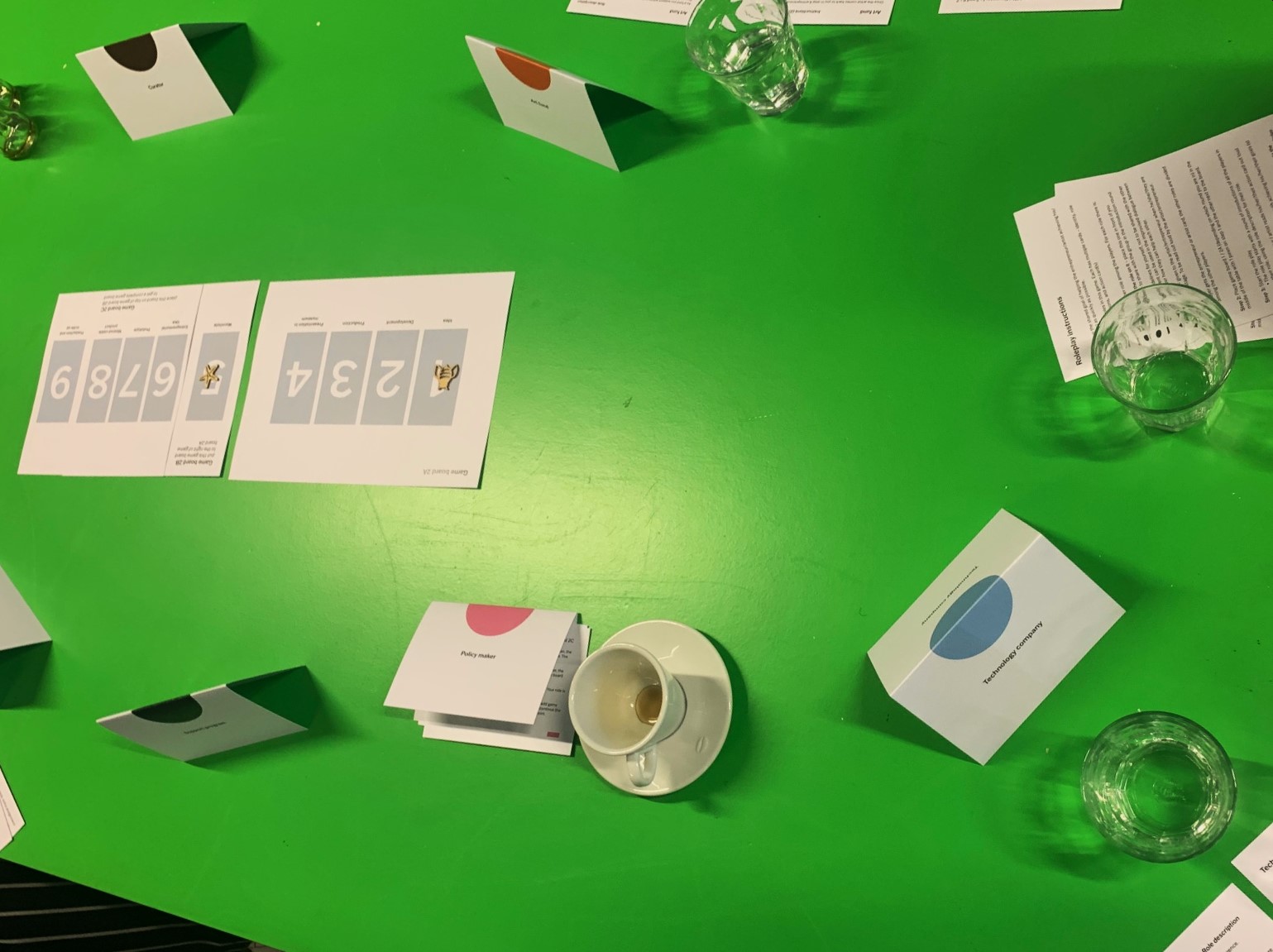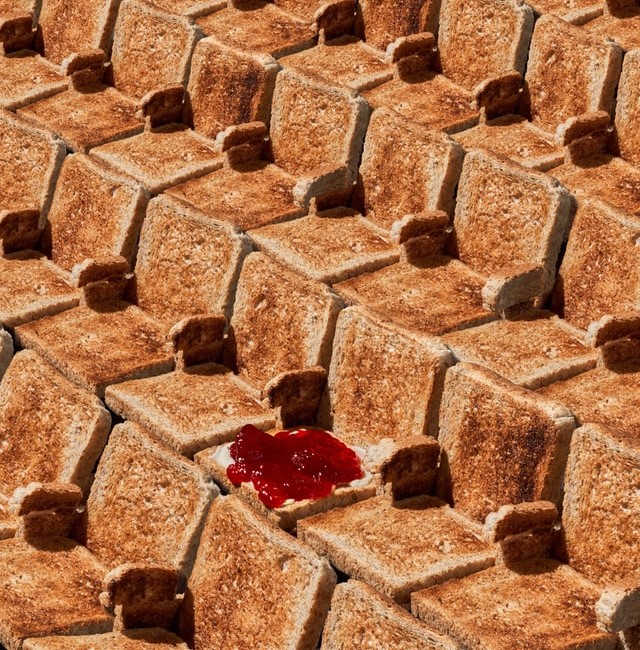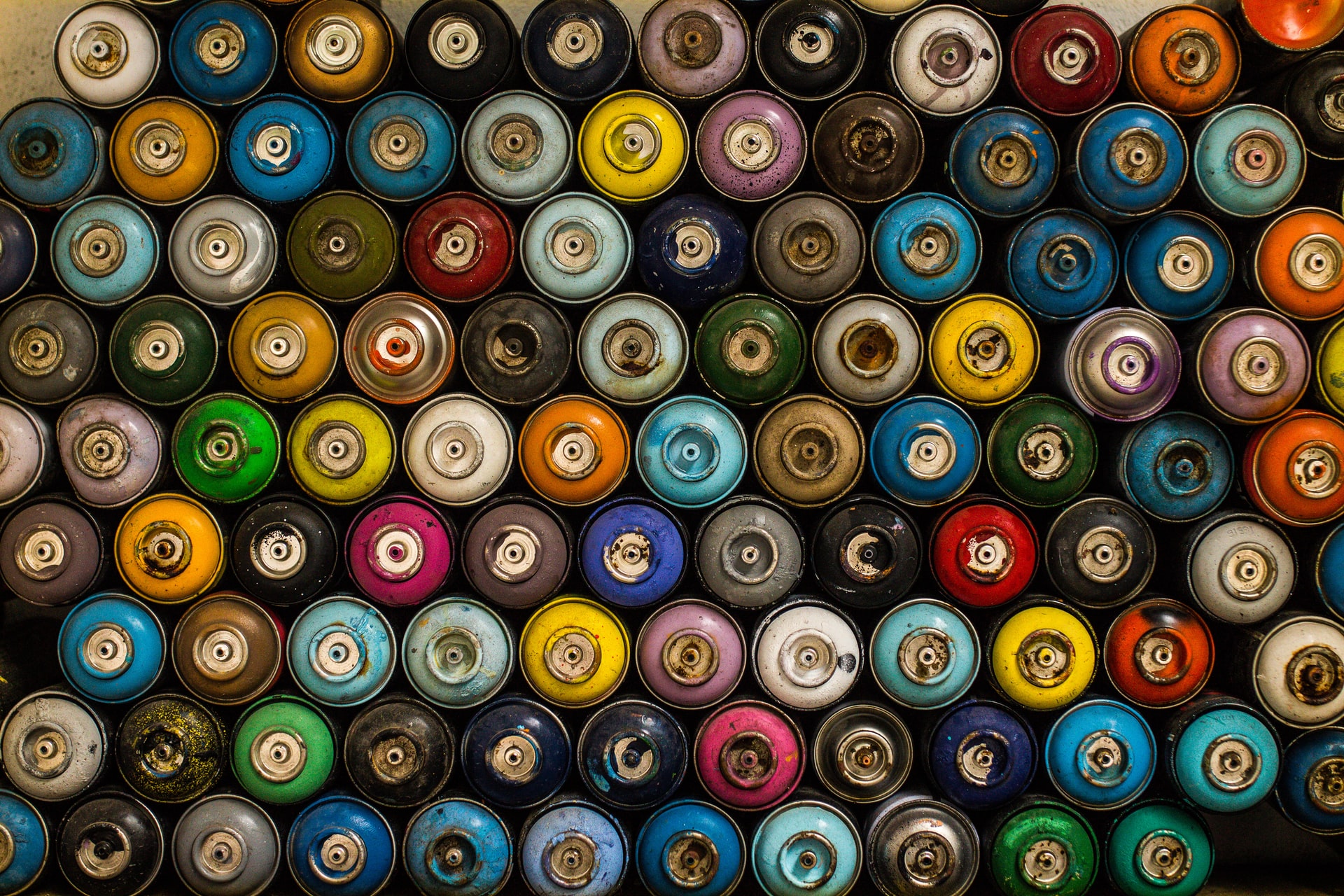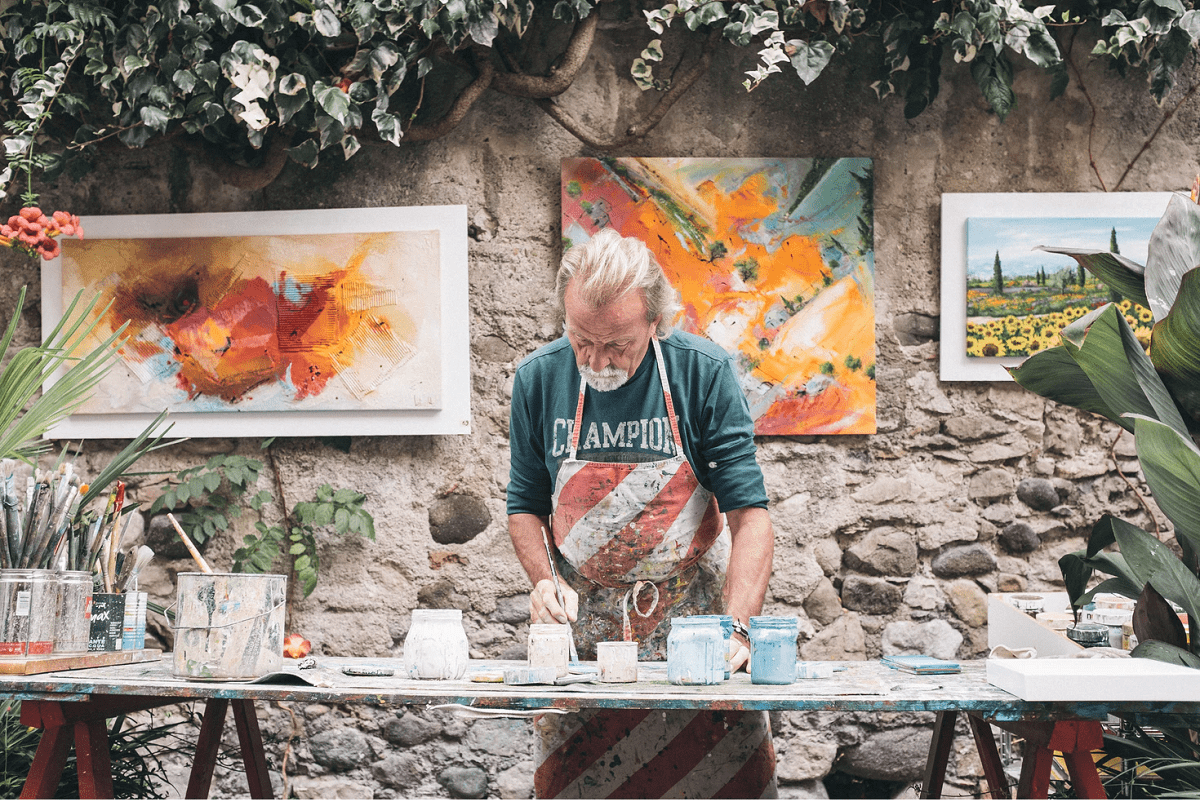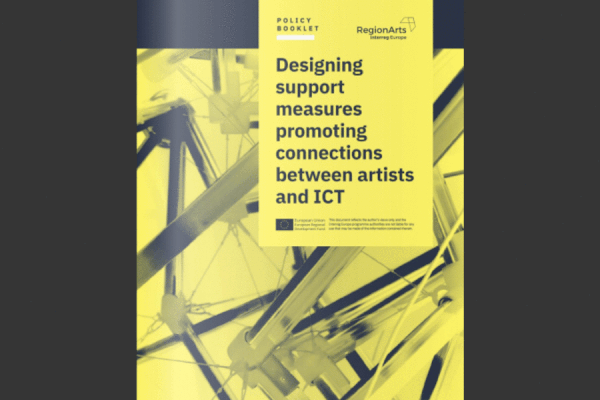As the founder of her business Tahkokallio Design+, a design thinking and strategic design agency from Lapland, north Finland, Päivi Tahkokallio initiated and has developed arctic design as an approach to strengthening the role of design in the sustainable development of the Arctic region.
Q: As you know, the RegionArts project aims to demonstrate that through interaction and the intersection between the arts (CCI) and technologies there can be an improvement in the performance of companies. Do you agree? Why?
A: Use of arts adds value itself. We have many types of research from different countries for that, especially on design. So definitely I agree that yes it does improve the performance and competitiveness of companies.
The challenge is though, that what is the added value. Is it economical value, social value or some other kind of values? And how we do measure these. So far, we know that the economic performance of companies improves with design. The Design ladder by Danish Design Centre, more than 20 years ago already, has been a good tool to measure this on different levels of enterprises’ and organisations’ performance and operation. The design adds value already on occasional use in product and service development and improves when used on regular basis. The added value is greatest when used as an integral part in connection to the management of the company on the strategical level.
So clearly, we know that there's value-added and we have figures. Yet, these vary a lot depending on the sector and maturity level of the company. We have many practical case studies from various sectors where design has become part of value addition to the companies. This applies from the heavy industry to industry related to everyday life, to the sports industry to the banking sector for example. There are a lot of examples. Some of the businesses who benefit from design and the value addition, they date back for centuries at best. On the other hand, we know also that with start-ups, where design is part of initiating the company and getting it going, the performance of those companies seems to be benefiting from the design being part of the early stages of the business life cycle. And this is especially noticeable in companies on the digital field.
When talking about arts and creative economy in general, there is a major change going on. We are living a very special era at the moment in Europe and in the whole world especially with digitalisation, not to mention the current pandemic situation with COVID-19, which affect all of us. We have to take the digital leap in all of our operations from organisations to individuals. For businesses this is a must even to maintain and continue their operations, not to mention improving the performance. In this context, it's especially important and relevant that ICT and arts join their forces.
From the arts and design point of view, this means two things. One of the things is that businesses need to be able to take the lead in the use of digital platforms or digitalisation in general and, creative approach and services are needed to make this happen. And then another point is that in these services the companies, the businesses are creating and performing on digital platforms creative competence again adds value to these services provided. So, I would say that this is a very actual, timely challenge and we should encourage the interaction of ICT and arts in many ways.
Q: You serve as a president of the Bureau of European Design Associations. How does BEDA position itself in this RegionArts issue?
A: With the issue of interaction between ICT and arts, especially design, which is what better represents our position, it is in our design policy approach for the next generation design policy for Europe that we develop to emphasise the importance of digitalisation and design's reaction to it policy-wise is absolutely crucial. So for BEDA, the interaction between ICT, arts and design specifically is of critical importance if we in Europe wish to have a good response to the demands of our future. And this is only underlined now by the current pandemic.


